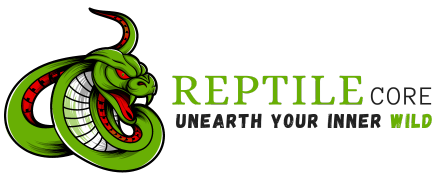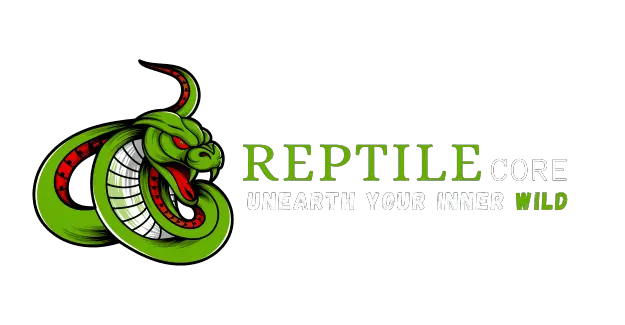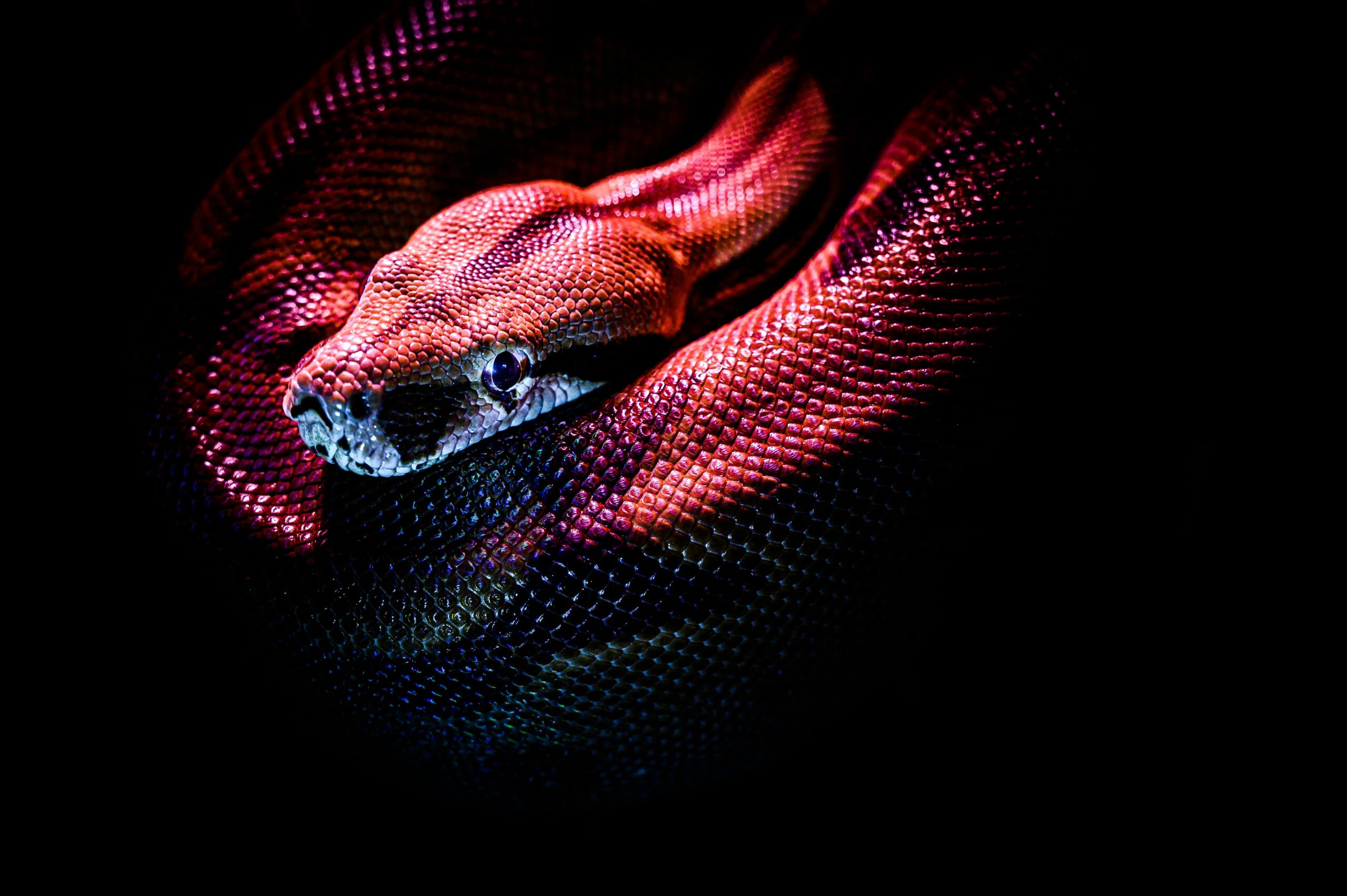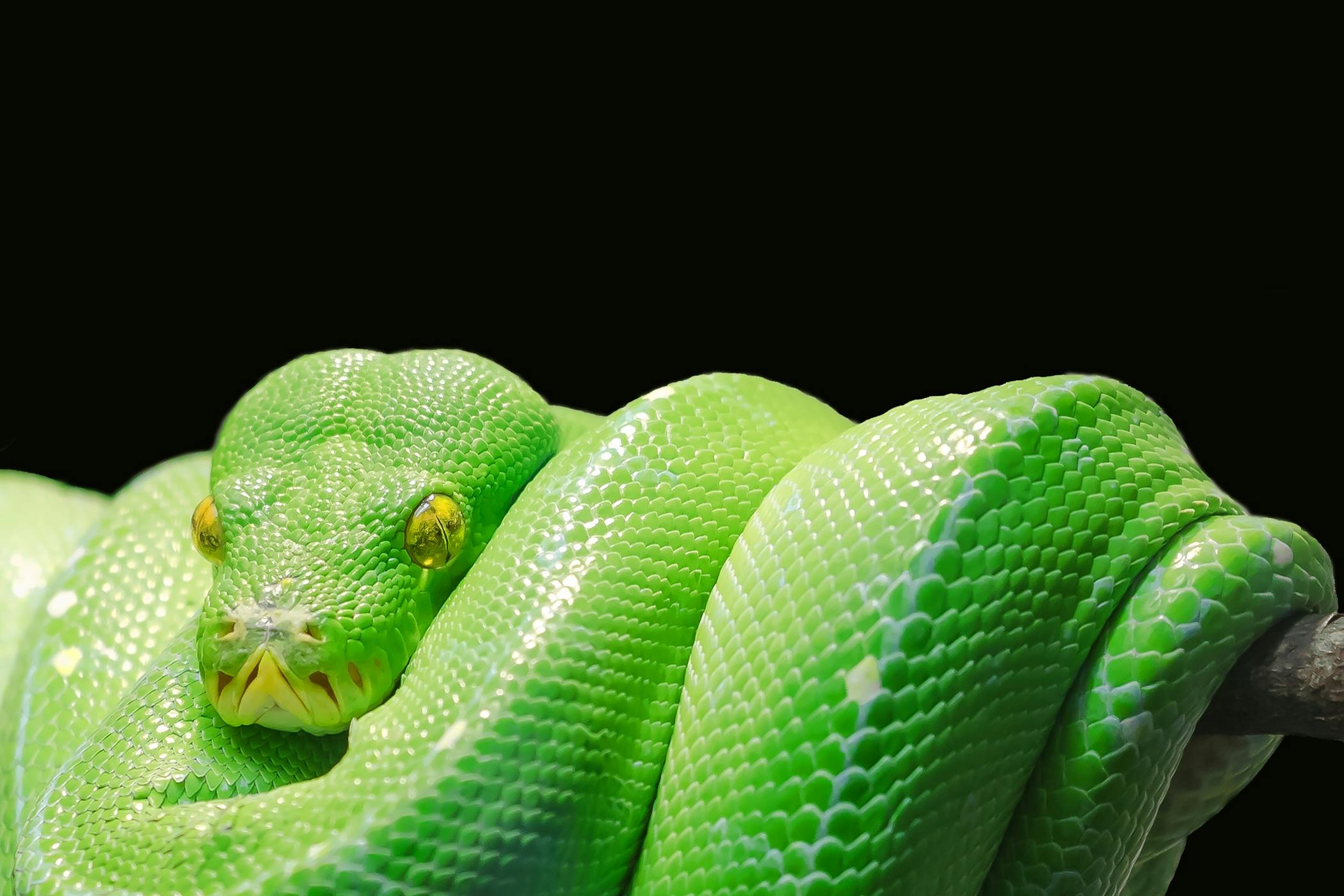Blue Tongue Skink Care Guide
Published: January 30, 2024
Blue-tongue skinks, scientifically known as Tiliqua sp., inhabit tropical forests in Australia, Indonesia, and New Guinea. Their biological requirements remain consistent whether in captivity or the wild. Therefore, creating a captive environment that closely mirrors their natural habitat is crucial to address their intricate welfare needs. These needs encompass providing a suitable habitat, ensuring a nutritious diet, determining whether they should be housed together or separately, enabling normal behavior, and safeguarding them from harm. This serves as a basic guide, and thorough research is recommended before acquiring a blue-tongue skink.

Biology:
Blue-tongue skinks are ground-dwelling lizards in forested areas, characterized by large, smooth, flat scales, a broad head, and a distinct bright blue tongue. These lizards can reach lengths of 50 to 60 cm and have a lifespan exceeding 10 years. Being omnivores, their diet encompasses a wide range of foods, including plant matter, live insects, carrion, and various small animals. In captivity, their diet should include snails, a primary food source in the wild.
Before obtaining a blue-tongue skink, it is imperative to ensure that you can provide the appropriate care and cover associated costs throughout its life. With numerous species and subspecies available, accurate identification is crucial. Acquiring a skink bred in captivity is recommended, and adoption from reputable organizations like the RSPCA is an option.
Environment:
The vivarium housing a blue-tongue skink should be secure to prevent escape and devoid of hazards. A recommended minimum size for a single skink is a vivarium measuring 120 cm in length, 60 cm in height, and 60 cm in depth, constructed from a solid, sealed material. Adequate ventilation is vital to minimize bacterial buildup and infections. Additionally, the vivarium should be placed in a secure location, avoiding drafts, excessive heat, and direct sunlight to maintain consistent temperatures.
Temperature:
Reptiles are classified as ‘ectothermic,’ which means they rely on their surroundings to regulate body temperature. To accommodate this, it’s essential to establish a ‘thermogradient’ within the vivarium. This involves situating the heat source at one end, leaving the opposite end cooler, allowing the reptile to move around for temperature regulation.
Create a designated ‘basking zone’ in the vivarium, representing the warmest area. Utilize an appropriate wattage halogen heat lamp or ceramic (non-light emitting) heater, positioned downward. Guard heat lamps to prevent burns and injuries in case of bulb breakage. Employ a thermostat for all heat sources to measure and control temperature, with a probe above the substrate. Adjust the thermostat to maintain the basking zone temperature between 30 to 32°C, up to 35°C for younger skinks. The cool end should measure 22 to 25°C, dropping to 20 to 22°C at night, possibly requiring a ceramic heater with a thermostat. Verify temperature accuracy daily with digital thermometers and an infrared thermometer.
Place a digital thermometer probe at both the cool end and the basking zone. Skinks, being diurnal, may bask half-covered with substrate and benefit from a wide stone (around 30 cm across) in the basking zone. Ensure the skink’s back stays at least 25 cm away from the heat source.
Humidity
Acquire a hygrometer to measure humidity at the cool end. Different blue-tongue skink species originate from varied localities, each with specific humidity requirements. Adjust humidity levels accordingly, and use clean water sprays to increase humidity. Increase vivarium ventilation if humidity is too high.
Cleaning
Inadequately maintained enclosures can swiftly accumulate dirt, posing health risks for both you and your pet blue-tongue skink (BTS). BTS droppings, comprising fecal waste (dark part) and urates (white part), should be promptly ‘spot cleaned’ upon appearance. Monthly, the vivarium should undergo a thorough cleaning using a reptile-safe disinfectant. Carefully wipe the walls, glass, and decorations. Given that reptiles may carry Salmonella, it’s crucial to wash hands before and after cleaning or handling to prevent infection spread.
Light
Reptiles rely on natural daylight to establish day and night patterns. Blue-tongue skinks, with thick skin, need an adequate light source, including ultraviolet (UV). They can perceive UVA for color vision and require UVB for vitamin D3 synthesis, crucial for calcium utilization.
Avoid placing the vivarium near windows as UVB doesn’t penetrate glass. Use a reptile UVB lamp inside the vivarium, creating a ‘photogradient’ from light to shade by positioning the light source near the basking zone. Install a 6% UVB tube, half the vivarium’s length, into the roof, directing light onto the skink with a reflectour. Regularly check UVB output using a UV Index (UVI) meter at the animal’s level. Maintain a UVB gradient within the enclosure, ranging from UVI 3.0-5.0 in the basking zone to zero in the shade. Replace the UVB lamp as per the manufacturer’s instructions.
Diet:
Water:
Adequate water is vital for the well-being of blue-tongue skinks. Maintain a large, shallow dish with clean, fresh water in the cool end at all times. While some skinks drink from standing water, if not, lightly spray the vivarium with water daily or every other day (based on humidity) to enable the skink to drink droplets, mirroring their wild behavior. Replace water daily and if the skink uses the bowl for toileting.
Feeding:
Blue-tongue skinks, being omnivores, require a diet comprising both plant and animal matter. Adult diets should consist of around 50-60% animal matter, 40-50% vegetables, and no more than 10% fruit. Provide varied, appropriately-sized live insects, such as crickets, ‘calciworms,’ ‘waxmoth larvae,’ fruit beetle grubs, dubia cockroaches, silkworms, and locusts. Remove uneaten crickets or locusts to prevent biting. Additionally, offer eggs, canned dog food, and meats like ground turkey, chicken, and lean beef. Frozen and thawed pinky rats and fuzzy mice can be given as occasional treats.
Research safe plants, vegetables, and fruits to feed, avoiding excessive spinach and kale due to calcium absorption interference and hormone production effects, respectively. Remove uneaten green food daily and replace with fresh options. An alternative diet is formulated reptile food for omnivores, usually powdered and mixed with water.
Feeder insects should be kept in a well-ventilated container, fed safe vegetables, and hydrated for their welfare and nutrient transmission to the skink. Prioritize ‘gut-loading’ feeder insects with a formulated diet 24-48 hours before feeding them to the skink. Since the captive environment may lack certain wild vitamins and minerals, lightly dust the food with supplement powders, seeking guidance from a reptile vet. Be cautious about overdosing on vitamins or minerals.
Live or canned snails, obtained from reptile shops, enrich the skink’s diet and behavior. Avoid feeding snails from outside due to potential pesticides or parasites. Cracked quail eggs can contribute essential calcium and vitamin A. Regular weighing and a measured feeding approach help prevent obesity, especially in young, rapidly growing skinks with a tendency for a high-protein diet and limited exercise in captivity.
Download the Caresheet |
Behavior:
Blue-tongue skinks are ground-dwelling lizards in forested areas, characterized by large, smooth, flat scales, a broad head, and a distinct bright blue tongue. These lizards can reach lengths of 50 to 60 cm and have a lifespan exceeding 10 years. Being omnivores, their diet encompasses a wide range of foods, including plant matter, live insects, carrion, and various small animals. In captivity, their diet should include snails, a primary food source in the wild.
Before obtaining a blue-tongue skink, it is imperative to ensure that you can provide the appropriate care and cover associated costs throughout its life. With numerous species and subspecies available, accurate identification is crucial. Acquiring a skink bred in captivity is recommended, and adoption from reputable organizations like the RSPCA is an option.
Enrichment
In captivity, facilitating natural behaviors, known as ‘enrichment,’ is crucial. Provide stones and branches for climbing. Essential hides or caves, appropriately sized, should be placed in both the hot and cool ends of the vivarium to make skinks feel secure. Additionally, include a moist hide to establish an area of higher humidity by filling it with damp moss through regular clean water spraying.
Substrate
Substrate, the floor covering in the vivarium, is vital for allowing natural behaviors. A thick layer of about 4 inches is recommended, as blue-tongue skinks enjoy burrowing. This not only provides physical enrichment but also reduces stress and helps them self-regulate humidity. Opt for organic natural soil or a soil/sand mix as substrate. Avoid unnatural or indigestible materials like ‘calci-sand,’ beech chips, corn cob granules, or crushed walnut shells, as they pose a risk of digestive tract blockage or ‘impaction.’ For permanent housing, consider creating a naturalistic environment and explore the possibility of a bioactive system, seeking guidance from expert books or online specialist keeper groups.
Company:
Due to their territorial nature, it is advisable to keep skinks separately. Housing them together may lead to biting and even fatal aggression towards each other.
Handling:
Blue-tongue skinks can tolerate human interaction and handling once they have acclimated. They possess a fairly strong bite and require time to become accustomed to human contact. Avoid grabbing them, as this can induce stress. Instead, gently scoop up the skink with both hands, ensuring support for all four legs. If the skink backs away or displays its tongue, wait for a more suitable time. When handling, be mindful of their sharp nails to prevent them from getting stuck in carpet or clothing.
Reptiles should not be removed from the vivarium for extended periods, as their core temperature may drop. A safe period for handling is around ten to fifteen minutes, depending on the external temperature. Exercise caution to prevent the skink’s sharp nails from getting entangled in carpet or clothing.
Health & Welfare:
A healthy blue-tongue skink should exhibit smooth, glossy scales, a straight jaw, and a robust base of the tail, where essential fats are stored. To ensure your skink’s well-being, it is advisable to register with a reptile vet, providing access to regular check-ups and necessary treatments.
Shedding:
Skinks shed their skin in sizable pieces, with the frequency varying, particularly in younger, growing individuals. Dull skin may precede shedding, and it should ideally come off easily over a day or so. If this process is not smooth, consider bathing the skink in tepid water to aid skin softening. Poor shedding is often linked to low humidity, and persistent issues should prompt consultation with your vet.
Brumation:
Blue-tongue skinks commonly slow down during the colder months in the UK, a phenomenon known as ‘brumation.’ Triggered by reduced room temperatures and natural daylight hours, they decrease food intake and increase sleep duration. While brumation is natural for a healthy skink, seek advice from your reptile vet if the skink suddenly stops eating over a short period or experiences significant weight loss.
Diseases & Concerns:
Maintaining a varied, well-thought-out diet and ensuring efficient heating and lighting systems are operational are crucial for skink health. Watch for signs of abnormal droppings, constipation or diarrhea, weight loss, or prolonged periods in water, which may indicate a skin condition or mites. Metabolic bone disease (MBD) is a common issue, often resulting from a lack of UVB lighting, causing vitamin D3 deficiency and hindering calcium absorption. Signs include muscle weakness and softening of the bones. Vitamin A deficiency can lead to skin changes and secondary infections around the eyes and lips.
Research is imperative before obtaining a reptile. Monitor your skink’s health and behavior daily, promptly consulting your reptile vet if any of the aforementioned concerns arise.
Download the caresheet for Blue Tongue Skink |

Recent Posts
- All Post
- care sheets
- guide
- Lizards
- snakes
- Uncategorized
- Back
- Mourning Gecko
- Sandfish skink
- Tegu
- Ackie Monitor lifespan
- Bearded dragon
- Blue Tongue Skink
- Crested Gecko
- Gargoyle Gecko
- Jackson's Chameleon
- Leopard Gecko
- Back
- Ball Python
- Black Rat Snake
- Corn Snake
- Gila Monster
- kenyan sand boa
- Milk Snake
- Back
- lizardscs
- snakescs
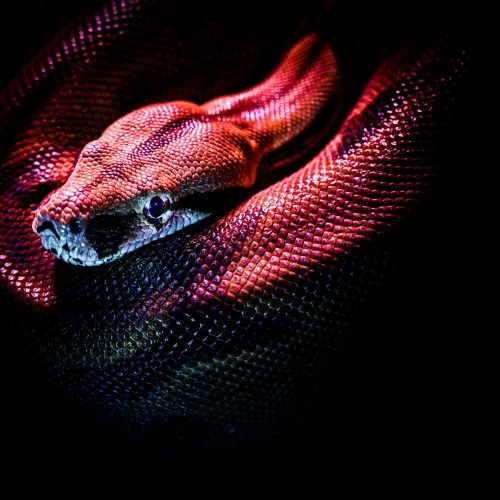
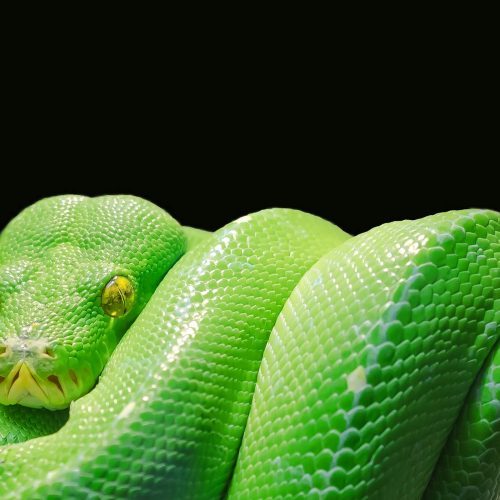
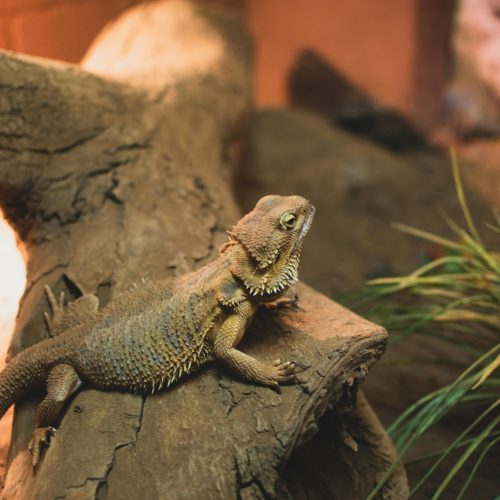
Address
215 Woodland Ave. Manchester, NH 03102
